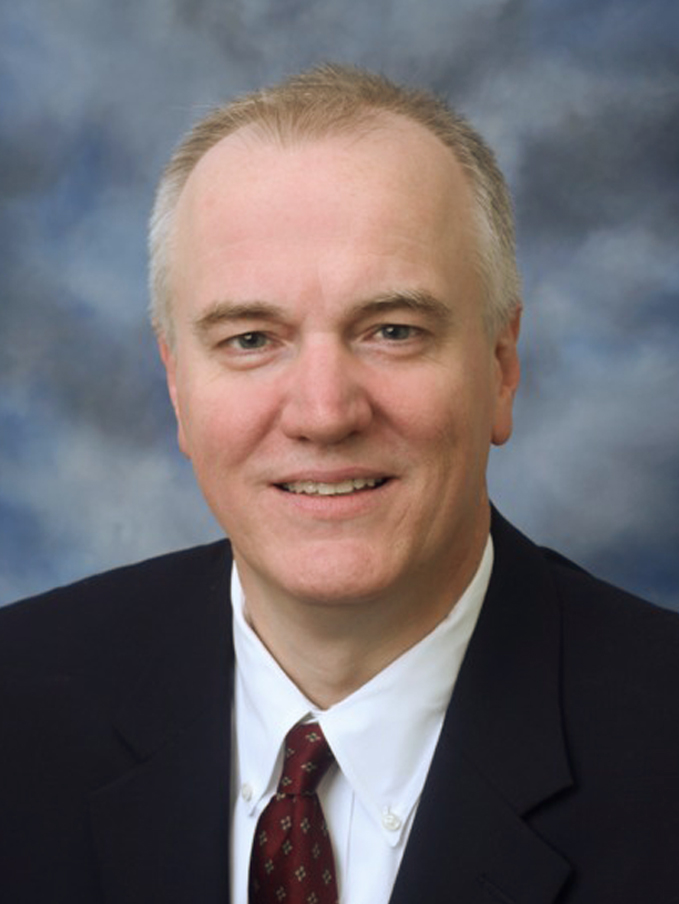Health systems can be early adopters, fast followers, or incremental movers, according to this ProMedica executive.
As health system leaders think about adopting AI tools for clinical care, they need to think strategically, according to Brian Miller, MD, the top AI officer at ProMedica.
Miller is CMIO and vice president of telehealth at the Toledo, Ohio-based health system. He is one of nearly a dozen executives who are participating in HealthLeaders' AI in Clinical Care Mastermind program.
Miller says health systems can take one of three strategic approaches to AI tool adoption: early adopter, fast follower, or incremental mover.
The early adopter approach involves high benefits and high risk.
"You are going to see positive clinical impacts earlier than others," Miller says. "You are also going to incur the highest risk because the early tools tend to be the most expensive up front, and in an industry with tight margins you need to think about risk."
One of the risks of being an early adopter is riding the wave of explosive growth in clinical AI, according to Miller, who adds explosive growth comes with winners and losers.
"When the first personal computers came out, there were dozens of manufacturers and a whole lot of claims, and now there are just a couple of manufacturers," Miller says. "When the robotic surgery craze started, there were seven or eight manufacturers; now, there are just one or two manufacturers in that space."
Miller says one area of explosive growth in clinical AI that is destined for consolidation is AI scribes, which record the encounter between a clinician and a patient then produce a clinical note for the electronic health record.
"There are about 70 companies in the past 30 months that have launched an AI scribe tool," Miller says. "In a couple of years, there will not be 70 companies—there will be five at best."
The primary challenge of being a fast follower in AI tool adoption is being fast enough, Miller explains.
"Waiting to see how AI shakes out, waiting to see which tools land, waiting to see where the ROI might be, and waiting to see where the standard of care lands is going to put you behind the curve," Miller says. "Because the pace of change is so quick, when you finally make a decision, implementation and adoption is going to be a steep curve."
The incremental mover strategy is probably best suited for AI tool adoption, according to Miller. The goal with this approach is to create knowledgeable users in your organization.
"You are going to need to get IT people educated," Miller says. "You need to get people ready in your IT departments, your security departments, your clinical departments, your legal departments, and your compliance departments."
Incremental movers are agile, Miller explains.
"You need to be reviewing and adapting your governance structures," Miller says. "You need to be prepared. You need to grow your knowledge base."
Incremental movers advance continually and thoughtfully in the AI space, Miller explains.
"The industry will not stop moving forward—there is no going back," Miller says. "You need to keep up thoughtfully and incrementally."

Brian Miller, MD, is CMIO and vice president of telehealth at ProMedica. Photo courtesy of ProMedica.
AI's impact on physicians at ProMedica
The physician experience with AI tools at ProMedica is best described as a bell curve. According to Miller, there were a small number of clinicians who had personal experience with AI tools where there was a miss that they didn't actually miss.
"For example, radiologists have looked at a CT scan and said they would not have seen an abnormality unless the AI tool was steering them to it," Miller says. "It could have been found later and impacted the outcome of the case."
For the bulk of the physicians in the middle of the bell curve, AI is just another tool that they have adopted and expect to be present, according to Miller.
"They don't think about the impact on their lives that much," Miller says. "AI is just something that they have come to expect from the tools we give them to help them do the job that we ask them to do."
There is a small percentage of physicians who are disgruntled over AI tools, who experience AI as a continuation of digital intrusion, Miller explains.
"It's like the experience with the electronic health record, where there are too many alerts and too many digital interactions," Miller says. "For them, it feels like a barrier to care."
Miller and his colleagues are taking the disgruntled physicians seriously by listening to them and hearing their feedback.
"In some ways, they are not wrong," Miller says. "In general, the switch to the electronic health record as well as the digitalization of our documentation tools and our encounters with patients have been an additional burden for our clinicians."
Healthcare leaders need to focus on making digitization better, according to Miller.
"There is an incarnation in the next phase of AI that is going to make the clinician experience better," Miller says. "The more we can just let clinicians focus on patients and have more components where the computer is for all intents and purposes listening to clinicians, we will be able to tee up interventions more cleanly and more simply."
The HealthLeaders Mastermind program is an exclusive series of calls and events with healthcare executives. This Mastermind series features ideas, solutions, and insights on excelling in your AI programs.
To inquire about participating in an upcoming Mastermind series or attending a HealtLeaders Exchange event, email us at exchange@healthleadersmedia.com.
Christopher Cheney is the CMO editor at HealthLeaders.
KEY TAKEAWAYS
The early adopter strategy has high benefits and high risk.
The biggest challenge in the fast follower strategy is being fast enough to keep up with the pace of change in AI technology.
The incremental mover strategy may be best suited for AI tool adoption, with an emphasis on agility and thoughtful adoption of AI technology.
